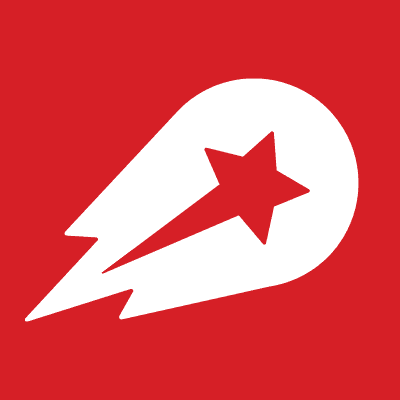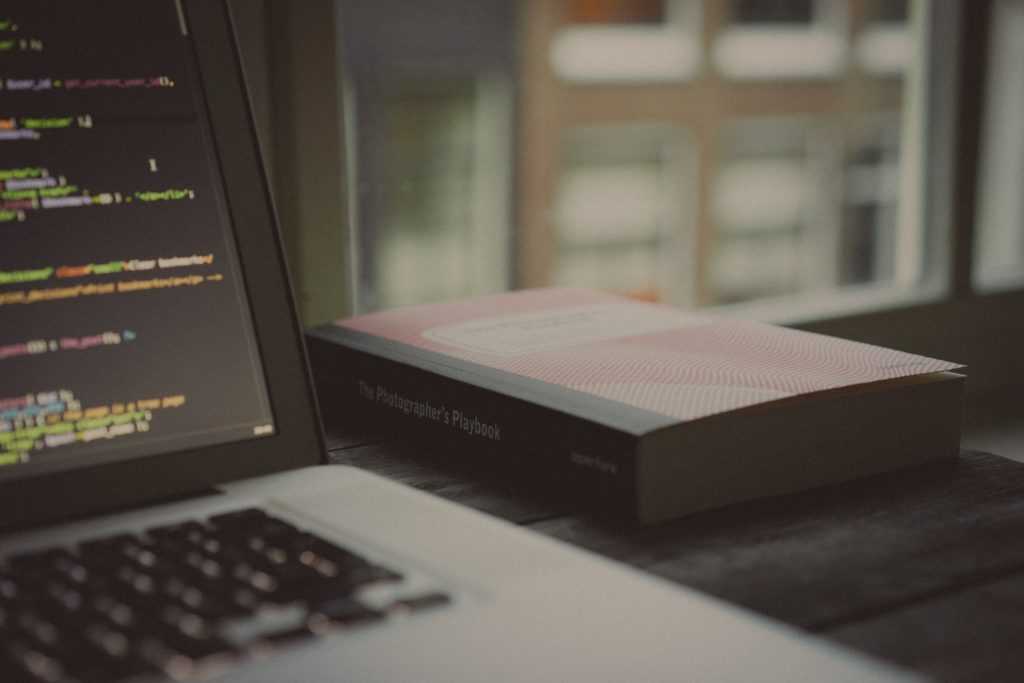In September, we announced that Delivery Hero is partnering with the United Nations World Food Programme (WFP) to integrate its ShareTheMeal (STM) donation feature into our delivery apps. Our customers around the world can now seamlessly “share meals” to people in need, supporting the fight against global hunger with the tap of a finger. In this article, we dive into the more technical aspect of the planning, collaboration, and execution of the ShareTheMeal feature. Check out our interview with Matthias Hellmund, the Head of Product at ShareTheMeal, and Daniel Ortiz, Project Manager here at Delivery Hero to learn more about the “behind the scenes” technical aspect of the integration!
Hi Daniel, Hi Matthias could you briefly introduce yourselves?

Daniel: I’m Daniel Ortiz, Project Manager at Delivery Hero. Born and raised in Venezuela, I came to Germany in 2016 for my master’s program and after finishing it, I joined Delivery Hero in 2018. Since then, I have been working in the Product & Tech PMO team, where the main focus of my role is driving highly impactful cross-functional projects where the center is product and tech. Luckily, I have been able to focus my interests in social impact, sustainability, and tech on managing the implementation of the ShareTheMeal functionality.

Matthias: I’m Matthias Hellmund, Head of Product at ShareTheMeal. I am from Germany and have been working in the mobile app industry for nearly 15 years. I joined the ShareTheMeal project 5 years ago to work with our passionate team in Berlin to utilize tech for social good. My goal is to work together to continuously improve the ShareTheMeal apps and to collaborate with great partners like Delivery Hero on exciting integrations.
What is ShareTheMeal and how does it work?
Matthias: ShareTheMeal is the mobile fundraising app from the United Nations World Food Programme (WFP). With just a tap, users can ‘share their meal’ with a hungry child. The meals help in some of WFP’s most critical operations such as in Yemen, Syria, Northeast Nigeria, and more. The app was launched in 2015 and to date over 87 million meals have been shared by more than 3.7 million users worldwide.
How did you come up with the idea and what were the first steps? Why did Delivery Hero partner with WFP and ShareTheMeal?
Daniel: The very own nature of Delivery Hero as a business that uses technology to provide food in combination with one of its core values “We are Heroes because we care” were the main ingredients that motivated us to play our role in reducing hunger. Even though Delivery Hero has a global presence, the private sector can’t fight global hunger by itself. We need to work together with experts in order to effectively tackle this massive issue – this is when we started building our partnership with WFP and ShareTheMeal.
From this point forward, we all realized that this was a win-win opportunity for everyone. By leveraging WFP’s global operations, combined with the innovative product of ShareTheMeal that is changing the way in which people donate and benefiting from Delivery Hero’s broad audience using our in-house technology for good, we were able to create a highly innovative solution that connects customers with causes they care about while offering a unique opportunity to make a real scalable contribution towards reducing hunger globally.
How did we co-develop this (how did we collaborate, how many different teams were involved etc.)?
Matthias: The ShareTheMeal team developed the extensible Partner API with a partnership like Delivery Hero exactly in mind. Created by developers for developers, documentation including examples and a sandbox environment for testing was available on day one of Delivery Hero’s partnership. The overall collaboration was smooth: Once the teams entered into a formal agreement, we were aligned on the technical details of how the integration should work.
A collaborative mindset was key to the success of the API – questions were solved quickly together through video calls and via tailored Slack channels to keep all relevant parties in the loop. Along the way, the ShareTheMeal team implemented improvements for new market rollouts: from providing unique content to building a live dashboard and supporting 28 locales plus 42 currencies in total.
Daniel: This initiative was only possible thanks to our open collaboration with more than 90 talented people across organizations and departments. The early support provided by the Finance, Tax, Legal, and Operations teams from both Delivery Hero WFP/ShareTheMeal was essential to define key processes that would allow us to process donations in a compliant manner across regions while ensuring that those funds would be allocated to the right WFP operation.
Once these details were determined, we worked together with our teams from Product, Fintech, and Analytics to translate the donation workflows into a product that allows customers to make donations in a very simple way. Furthermore, by engaging with the Marketing and Communications teams, we have been able to spread the word about this unique program and raise awareness about the key role of the private sector to achieve the goals of the Sustainable Development Agenda.
How did we integrate it into our app, how was the technical execution (what were the challenges, were there any bottlenecks/issues)?
Daniel: Delivery Hero is a network of almost 30 brands that operate in over 40 countries. As you can imagine, it was quite challenging to define and implement a product on a global scale that could be adapted to the technical requirements of all these brands that do not operate in the exact same way.
To overcome this, we designed a smooth donation flow, which is flexible enough to be integrated into different stages of the food ordering process and provides a great user experience that follows the sample principle governing the Delivery Hero and ShareTheMeal apps: seamlessness. In order to process donations through our platforms, we created a new backend service that was integrated with the ShareTheMeal API, Delivery Hero apps, and services that process payments and trigger customer communications.
By integrating our backend with the ShareTheMeal API, it was possible to easily tailor the user interface content of the beneficiary campaigns to our local markets, adapt the price points to different currencies, and allow transparent reporting of selected donations data between our organizations.
What were some of the technical challenges and how did we overcome them?
Daniel: For many technology businesses, especially those that focus on highly competitive segments and are expanding rapidly, it is a common problem to prioritize initiatives that are not translated into a revenue increase. However, Delivery Hero went the extra mile and allocated resources in order to give back to our communities and by doing so, connecting our customers to causes they care about.
Once the developments for the meal donation functionality were prioritized, it was challenging to coordinate several technical teams working across different brands – thoroughly planning, clear communication, and trust between the teams involved was essential during the development phase. On the technical side, the diversity of brands within Delivery Hero also means a high infrastructural complexity.
By understanding the technical individual needs of each platform, we were able to provide clear but flexible requirements needed to develop the donation feature without necessarily predefining all the details of the technical implementation. Overall, having adaptable planning along with an agile mindset definitely helped us to overcome any difficulties.
How can we process donations in a GDPR compliant manner?
Daniel: Data protection was a fundamental aspect we considered when building the product. To ensure that no personal information from customers was shared when connecting with the ShareTheMeal API, masked identifiers were implemented in order to only pass the essential donation data (e.g. amount donated) that is relevant for the allocation of funds, reporting, and auditing purposes.
Matthias: For GDPR, it helped that the ShareTheMeal Partner API was designed from the ground up with privacy in mind. The ShareTheMeal team takes transparency and trust seriously, thus this was an important detail to ensure was tackled when developing the partnership. Requiring only “need to know” pieces of data (such as anonymized user identifications), ShareTheMeal’s platform is able to connect multiple donations of the same Delivery Hero customer without requiring any personally identifiable data.
What is the vision of the ShareTheMeal product as it grows and adjusts with the long term collaboration with Delivery Hero?
Matthias: ShareTheMeal aims to transform charitable giving. Be it an API integration or a voice command to a smart speaker, the idea is to make giving back a part of daily life. This means that as leaders in the tech for social impact space, we are challenged to continue evolving both with our users and our partners. ShareTheMeal looks to Delivery Hero as leaders themselves in the food delivery space as to how we can both utilize our platforms, audiences, and expertise in the fight against hunger.
What are the advantages of integrating with the ShareTheMeal Partner API?
Matthias: Integrating with ShareTheMeal’s Partner API allows Delivery Hero to seamlessly show users the impact of their donation. ShareTheMeal provides images and stories that help to give meaning to each shared meal. Once a Delivery Hero customer shares a meal, that meal is automatically tallied inside the ShareTheMeal app. This mechanism allows users to track donations globally by encouraging the user to continue to journey on the ShareTheMeal app.
What is the impact, how are we making a difference?
Daniel: By partnering with the world’s largest organization fighting hunger to offer Delivery Hero customers the unique opportunity of making a microdonation during the food ordering process at a global scale, we are already making a difference – We strongly believe that the only way to tackle global problems like hunger is through multi-sector partnerships. Since the meal donations functionality has been enabled in a couple of countries for a few weeks, we can see that customers have already donated over 45,000 meals for people in need. This is truly remarkable and we are very excited to continue scaling up this program.
What does the future look like, what are the next steps?
Matthias: Besides ensuring smooth operation of the Partner API, at ShareTheMeal we are currently refreshing the “Community” feature in our apps. While there are some Delivery Hero-powered ShareTheMeal teams already (like foodpanda and foodora), we are looking to support new “connected” formats like challenges or matching fundraisers for the Delivery Hero communities globally.
Daniel: At the moment, our main focus is to launch the first version of this feature in some of our markets and evaluate how customers interact with it; we want to deliver functionality that matches best the interests of our different markets. This is just the beginning and as our products evolve constantly over time, we are also planning to iterate on this feature in order to make the donation process even more seamless, more scalable, and more tailored to the needs of our customers.
We hope you enjoyed the read and if you’re interested in learning more about Delivery Hero, join our Talent Community to receive updates about upcoming events, interesting articles, and potential jobs based on your interests!


